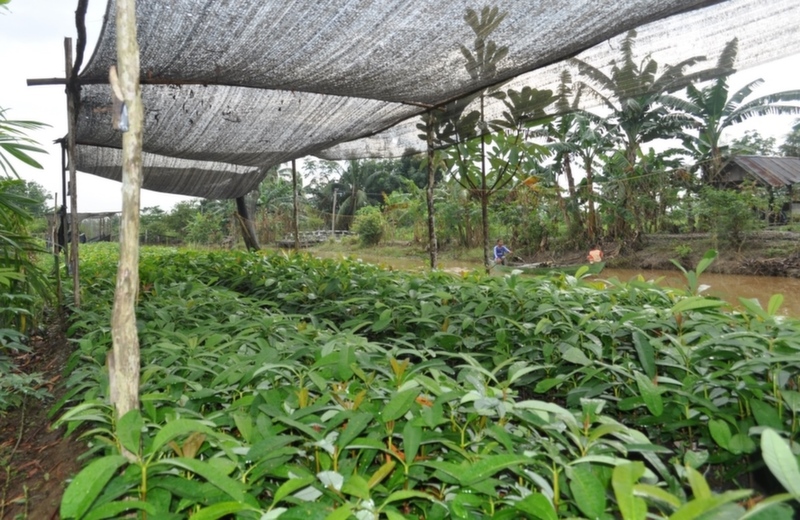Indonesia is one of the most interesting countries to travel in Southeast Asia and coffee is one of its major productions. Dating back to the 17th century, the Europeans introduced coffee to Batavia, which is now referred to as Java. Batavia eventually became the major supplier of coffee to Europe and along with Sumatra, became popularly known with aromatic and flavorful coffee for the past three centuries.
Fast forward, and in the year 2007, the Specialty Coffee of Indonesia (SCAI) was formed by coffee producers and exporters to improve the quality of Arabica coffee beans grown in Indonesia. If you wish to travel to Indonesia, you can visit the various coffee farms and learn about their history, production, roasting, and exporting. It may not be a fast-paced activity, but learning more about your favorite morning drink is an adventure in itself. It offers fit travel activities in different coffee farms around the country.
Sumatra
The coffee produced from this island in Indonesia is intriguing mainly because of the smaller coffee grower farmers and the unique semi-wet technique they utilize. At an early stage of the coffee beans, the distinct blue color of the coffee bean is due to the processing technique and at the same time, the scarcity of iron in their soil.
Coffees that are produced in Sumatra have a smooth balance of sweetness and intensity. There are hints of flavors that come from smoke, tobacco, cocoa, cedar and earth. If you travel in Sumatra, you will notice that the coffee is a bit acidic. You can visit Gayo Mountain, Mangkuraja, and Lintongnihuta regions in Sumatra and immerse yourself in the coffee production industry.
Java
You can visit Ijen Plateau at the eastern end of Java where coffee production is. Unlike in Sumatra, coffee plantations in this area are concentrated on large estates. The five largest estates that produce coffee are Blawan, Jampit, Pancoer, Kayumas, and Tugosari.
You can watch how they harvest and transport the produce to the mills. They also use the wet process of fermentation. The resulting taste is heavy in body and has some sweetness into it. Most of the Java coffees that are sold in the market, including the US, come from this region.
Bali
Travel to Indonesia and visit the coffee farms at Bali. Balinese coffee is processed using the wet method, too. The taste is sweet and soft to the palate. There are some hints of lemon and other citrus flavors to their coffee. In some areas in Kintamani, exporters use the wet hulling process to give a more distinctive taste to the Balinese coffees, thus, adding a caramel flavor into it.
Sulawesi
The coffees that are produced in this region are nutty with some hints of cinnamon or cardamom. Majority of the coffee beans that are produced in this region are from the small local growers. Only 5% comes from the large coffee plantations.
If you travel to Indonesia, you will learn how coffees are processed in different regions which give each cup of coffee a taste that is unique in a particular region.
